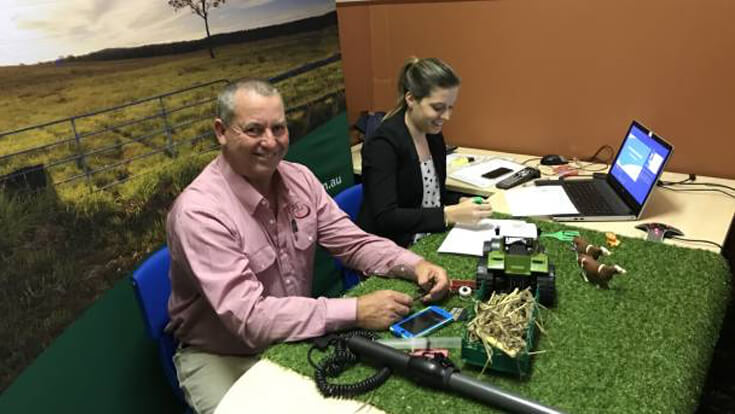Six Steps To School Program Success: Step 6 Program Evaluation

Six Steps To School Program Success: Step 6 Program Evaluation
The final step in our 6 step process, is evaluating how successful the program has been in achieving its outcomes. Measuring the ongoing success of your program is essential in ensuring the identified goals and objectives are met.
Campaign and Program Evaluation
At regular intervals throughout, or at end of your campaign, we highly recommend conducting impact evaluations with your end users. Whether they be teachers or students, this will enable a true understanding of where your program can be effectively changed to appeal to your audience.
Make sure you review your existing resources and programs to determine:
- Australian Curriculum links, cross-curriculum priorities and general capabilities
- Clear overview, aims and objectives
- Student goals and learnin intentions are made clear
- Year level and Key Learning Areas clearly identified
- Engagement level
- Type of activity/method of use in the classroom
- 21st Century Learning Components included:
- Thinking critically, applying knowledge to new situations, analysing information, comprehending new ideas, communicating, collaborating, solving problems, making decisions
- Assessment and evaluation included
- Overall user experience and ease of use
- Delivery method is appropriate
Digital Evaluation
Web audit
If you are considering the build of a new website, or currently have one that wasn’t designed with educational input, carry out an analysis of your user journey and content from a teacher or student’s perspective. In doing this you will gain valuable insight into what works and will ensure improvements are made to the overall user experience.
Accessibility audit
Designing your website with the the WCAG’s AA standards in place is a must when building an educational website. Maximise the value of your content by ensuring that it is pedagogically sound, accessible, exchangeable and usable on a range of computers, browsers and web server environments.
In-School Testing
To valid the impact of a program why not run pre and post testing in schools and report on the impact that the program is having on a wide set of variables.
When looking to run in-school testing you should; select the right test groups and number of students, develop the right research methodology, ensure test delivery, and analyse your final set of results.
This is a great tool in giving you the insight into how effective the program is being against its expected deliverables.
If you would like more hints and tips on building great digital resources, get in touch with one of our fantastic tech team at hello@kimberlineducation.com.au.










